When exploring the unique gastronomy of South America, cuy truly captures the essence of the Andes. This rodent, commonly known as the guinea pig, has been a vital part of the Andean diet since pre-Columbian times. Its unique flavor and significant nutritional value make it a standout culinary choice in countries like Peru, Bolivia, and Ecuador.
What is cuy in Peru?
Known scientifically as "Cavia porcellus" and commonly called guinea pig, cuy or guinea pig is a small rodent native to the Andean region of South America. Valued for its low-fat, high-protein meat, cuy is an essential part of the diet in countries like Peru, Bolivia, and Ecuador. It is typically roasted or fried and features prominently in celebrations and festivities, served with traditional sides like potatoes and corn.
Moreover, cuy in Peru holds profound cultural and historical importance in the Andes. It has been part of religious rituals and healing ceremonies since pre-Columbian times. Raising cuy is also considered sustainable as they require fewer resources and space than conventional livestock, making them a practical and economical food source for small communities.
Origin
Extends back millennia in the Andean region. Archaeologists have discovered evidence suggesting that people domesticated guinea pigs in the Andes around 5000 BC, long before the rise of the Incan civilization. They originally bred them for their nutritional benefits and as a reliable and sustainable food source in the high altitudes of the Andes.
Cuy in the Inca Era
During the Inca period, cuy served as more than just a food source. The Incas valued these animals for their economic and ritual roles. They used them in religious ceremonies and offerings to the gods. People considered guinea pigs sacred and believed they had healing powers. Shamans employed them in rituals to diagnose diseases. Traditionally, if a guinea pig died during a healing ritual, people viewed it as a bad omen.
Cuy in modern cuisine
In modern cuisine, cuy remains an exquisite dish and has earned a place on the menus of high-end restaurants in Peru and beyond. Innovative chefs are exploring new ways to incorporate this traditional meat into more modern and sophisticated dishes, blending it with contemporary culinary techniques to appeal to a broader audience.
Nutritional value and health benefits
Cuy Peruano is famous not only for its distinctive flavor but also for its health benefits. Compared to more common meats like chicken or beef, it is a rich source of protein and low in fat. Additionally, it provides high levels of B12, iron, and omega-3, making it an excellent component of a healthy diet.
Extra Tip | Guinea pigs have been an important source of food in the Andes and have played a significant role in scientific research. They were among the first animals used in scientific experiments and continue to be fundamental in the field of biomedicine. They are especially valued in studies of genetics and disease because of their rapid reproduction rate and their biological similarity to humans in certain physiological and metabolic aspects.
How to prepare cuy guinea pig?
Traditionally, chefs serve this taste roasted or fried, accompanied by potatoes, hot peppers, and a herb sauce. Cooking methods vary by region; here are some ways to prepare cuy in different parts of Peru:
Cuy in Cusco
In Cusco, people consider cuy a traditional dish and an essential part of the local culture. They commonly serve it at festivities and special occasions.
Cuy al horno (Oven-roasted Cuy): The most popular way to prepare this dish in Cusco starts with cleaning the cuy and marinating it in a mix of local spices such as garlic, cumin, and red chili. It is then cooked in an oven or over hot stones, resulting in crispy skin and tender, juicy meat inside.
- Chiriuchu cusqueño: Chiriuchu is an emblematic dish of Cusco, especially associated with the celebrations of Corpus Christi, a significant religious and cultural festival in this region. This dish is notable for its diverse ingredients that represent the geographical and cultural variety of Peru, with cuy playing a key role.
Cuy in Arequipa
In Arequipa, guinea pig forms an essential part of regional cuisine, and people enjoy it mainly on special occasions and during festivities.
- Cuy Chactado: This involves cleaning and splitting the cuy in half, flattening it out completely, and then seasoning it with salt, garlic, and other local spices. It is then fried in plenty of oil until the skin is crispy and golden, ensuring the meat remains juicy inside.
Read More | Guinea pig recipes.
In Andean culture
Beyond its culinary importance, guinea pig also holds deep cultural significance. In many Andean villages, cuy forms an integral part of traditional festivities and rituals. People consider it a symbol of good luck and prosperity and sometimes use it in shamanic rituals for healing and divination.
Genetic diversity and selective breeding
Over the years, selective breeding has led to various breeds of cuy; each adapted to different climatic and geographical conditions of the Andes. This genetic diversity is crucial for the resilience of the guinea pig as a species, allowing them to adapt to diverse environments and remain a vital food source.
Frequently Asked Questions about Cuy
Is it safe to eat cuy?
Yes, eating cuy is safe as long as it is properly prepared and cooked. Cuy meat is high in protein and low in fat and cholesterol.
What does cuy meat taste like?
Cuy meat has a delicate and slightly sweet flavor, often compared to rabbit or dark chicken.
How long do guys live?
Cuyes typically live between 4 and 8 years when properly cared for in captivity.
How is cuy raised?
Farmers raise cuyes on small farms or domestically in enclosures that they must keep clean and dry. Cuyes primarily eat vegetables and require constant access to fresh water.
Is nutritious?
Yes, cuy meat is very nutritious. It is high in protein and rich in B vitamins and minerals such as iron, with less fat than many other meats.
Are cuyes suitable as pets?
Yes, cuyes are popular as pets, especially in Europe and North America. They are sociable, relatively easy to care for, and can be very affectionate with their owners.
Is raising guinea pigs costly?
Not necessarily. Raising guinea pigs can be quite economical compared to other animals, as they require less space and their diet is basically herbivorous.
Myths about the Cuy
The guinea pig, being an integral part of Andean culture, is surrounded by various interesting myths and beliefs. Here are some of them:
- In Andean traditions, people believe that cuyes can diagnose and cure diseases.
- They also consider the cuy to bring good luck and prosperity. In some contexts, having cuyes at home is seen as a sign of good fortune for the family.
- Some communities believe that cuyes' behavior can predict the weather; for example, if cuyes eat more than usual, it indicates that cold weather is on the way.
- In addition to their use in healing, cuyes are also used for divination in making important decisions, such as choosing a site to build a house or the best date to plant crops.
- Although cuy is a staple food in many Andean areas, in some cultures, there is a taboo restricting its consumption to certain groups or at certain times based on ancient religious or cultural beliefs.
Guinea Pig: Why try it?
Diving into the world of cuy is to explore an essential part of Andean culinary heritage. It not only offers an exotic and delicious gastronomic experience but also provides insight into sustainable practices and the cultural value this small animal represents. Whether you are traveling through Peru or simply looking to expand your palate, tasting cuy guinea pig could turn into a memorable culinary adventure.

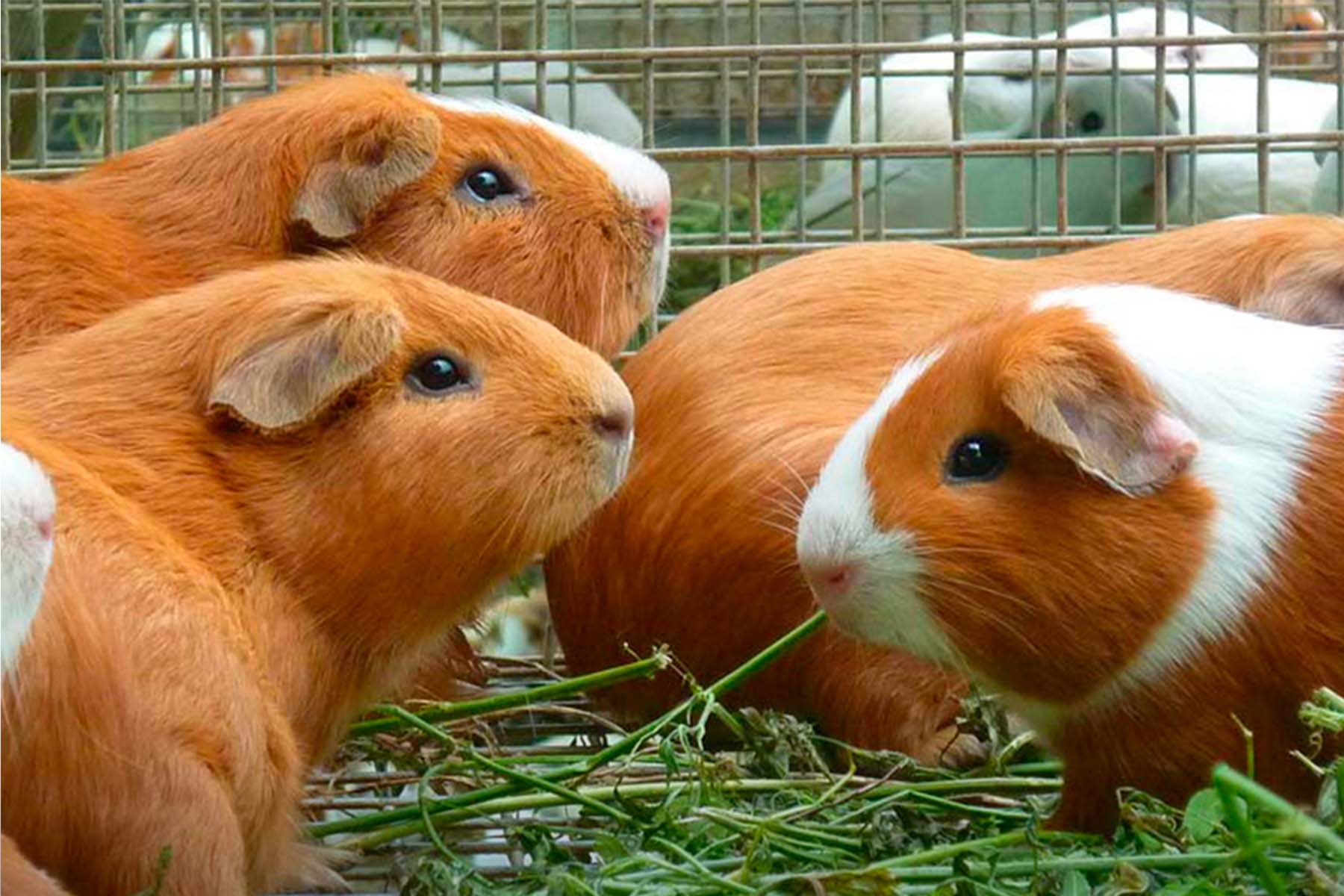

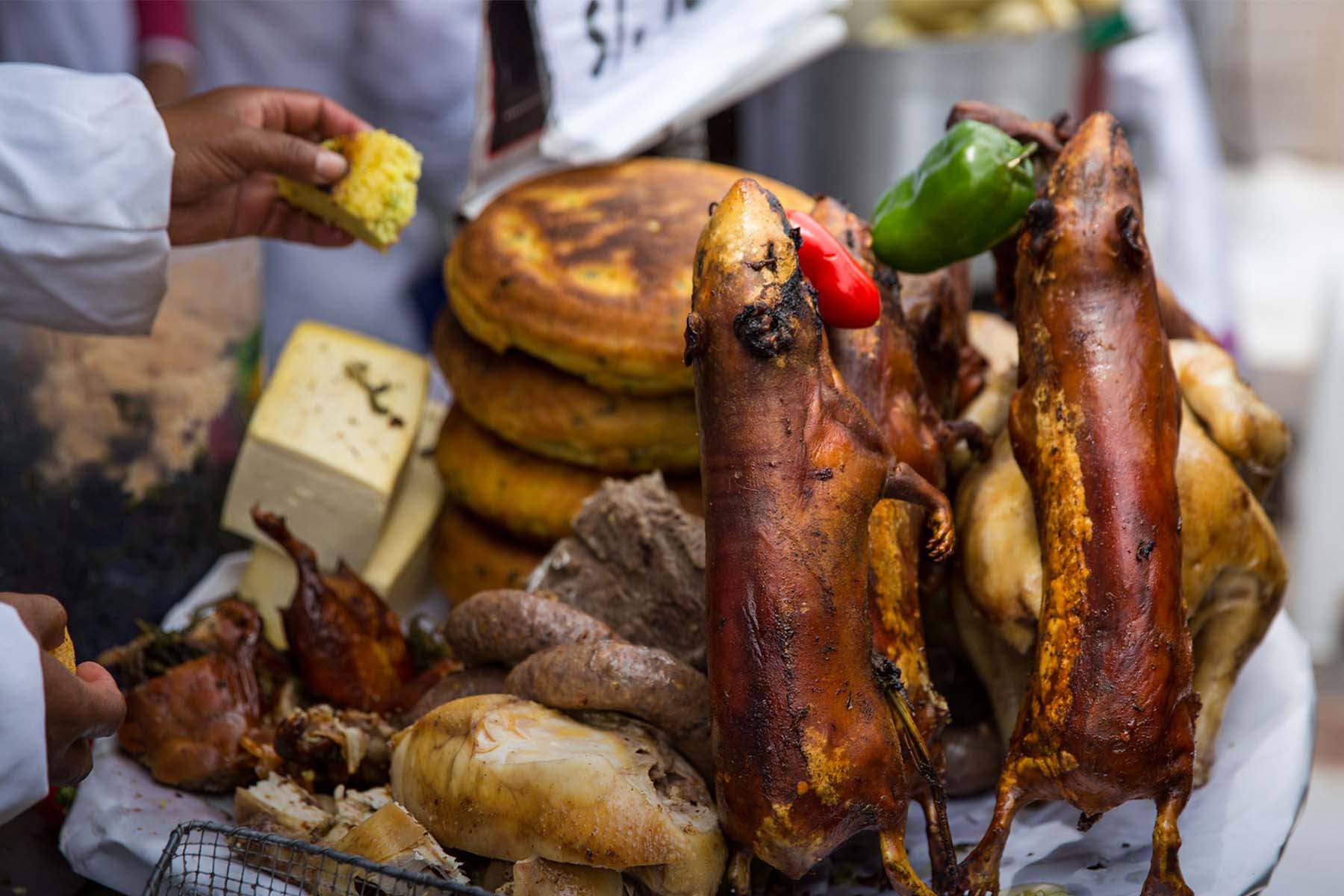
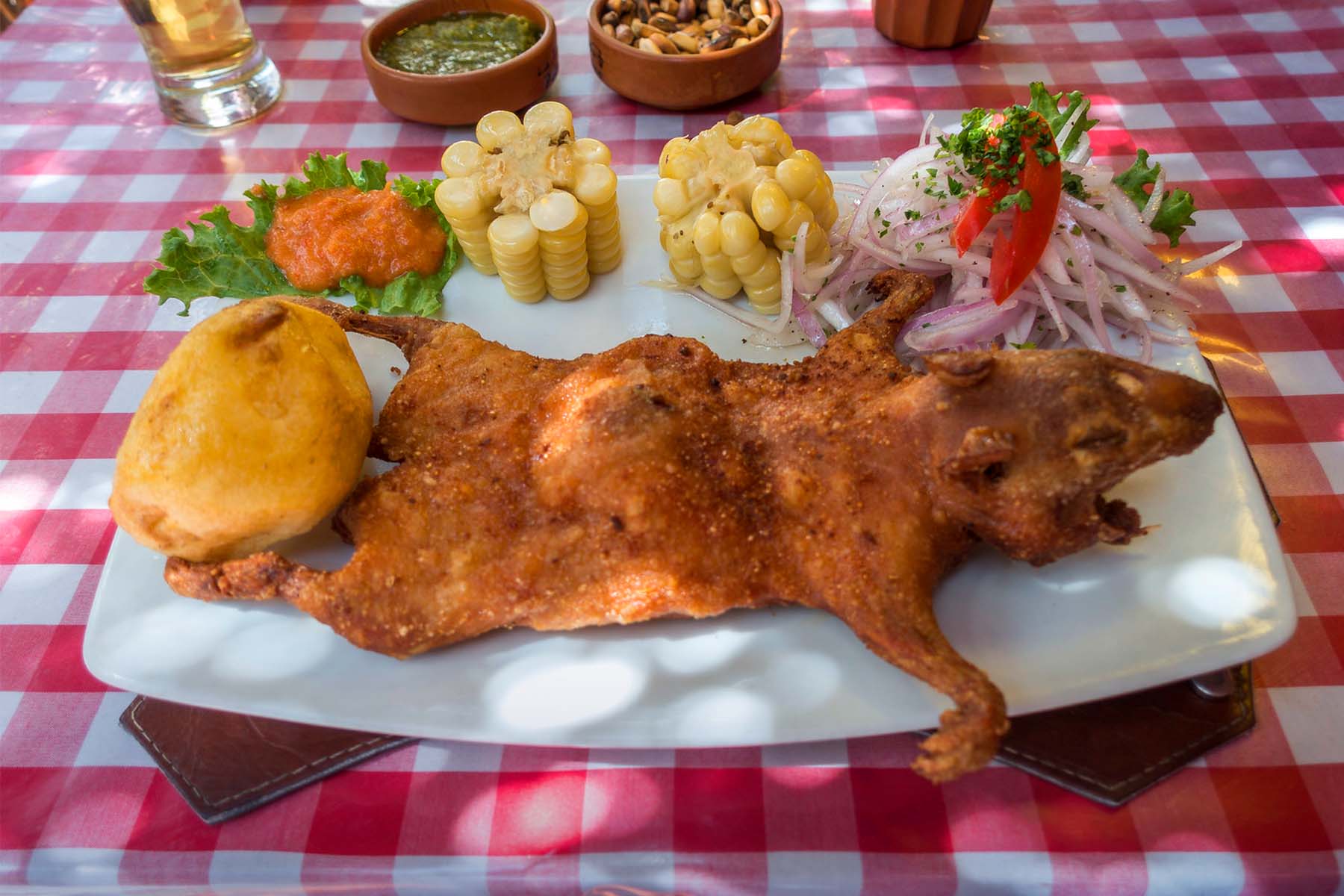

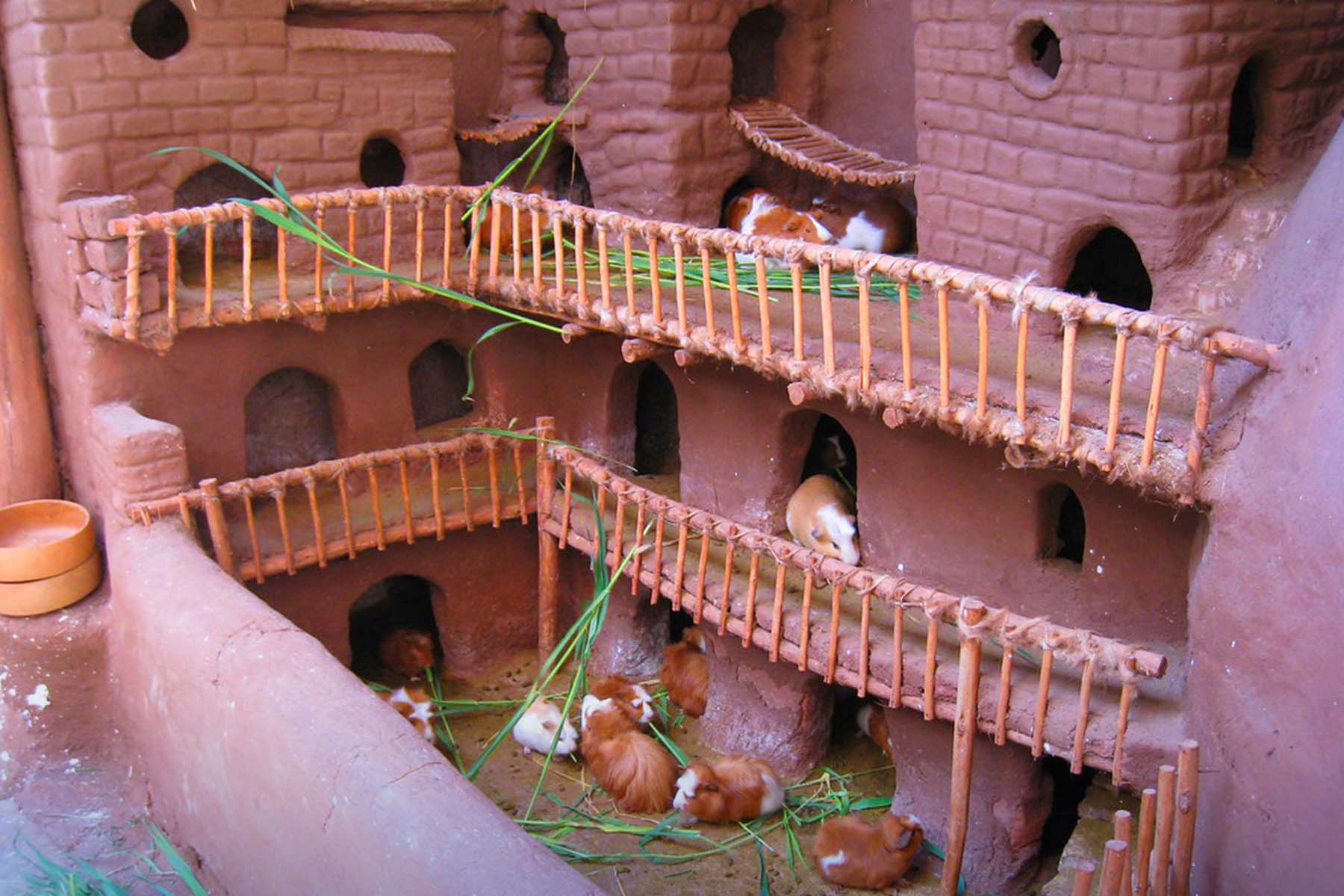
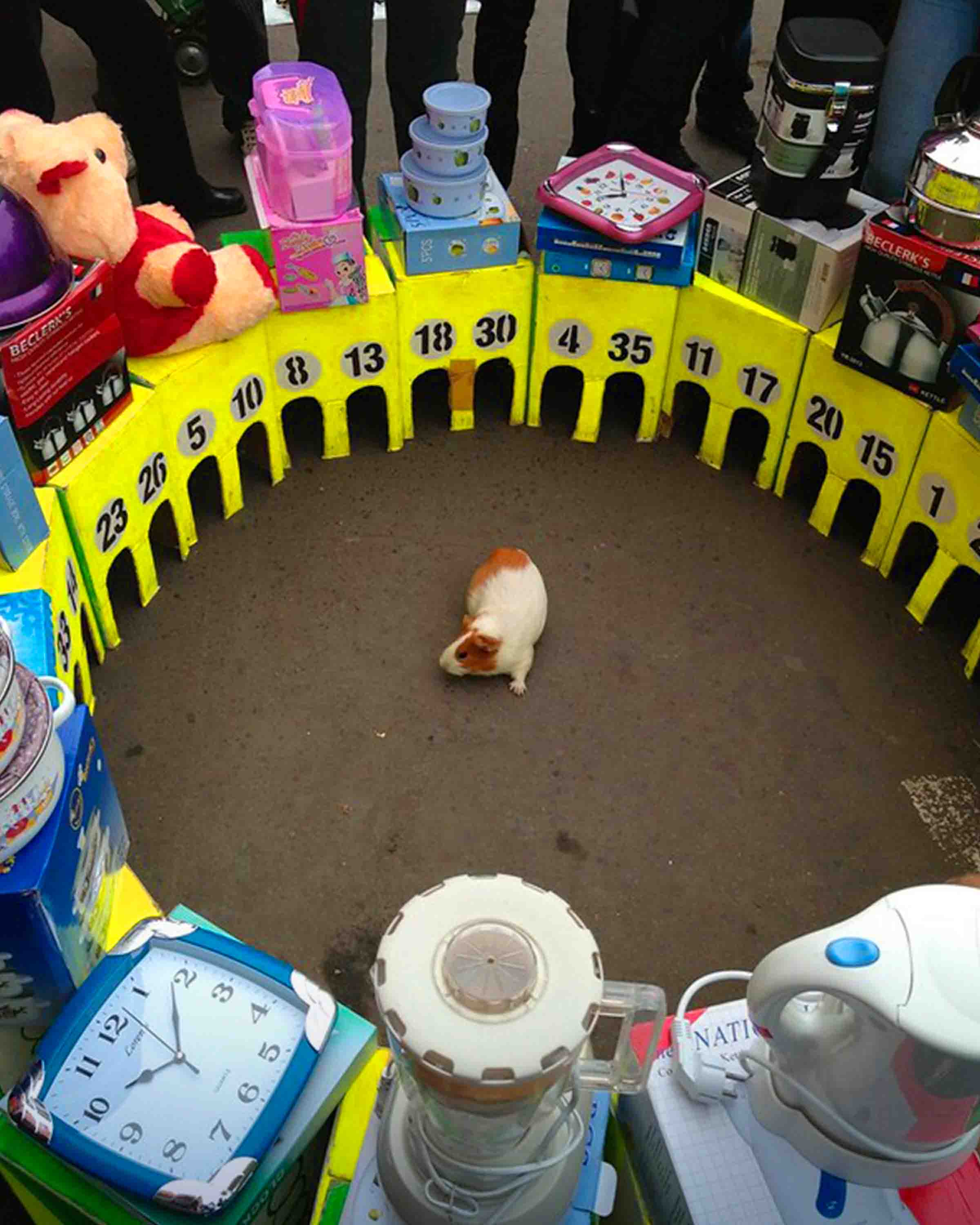
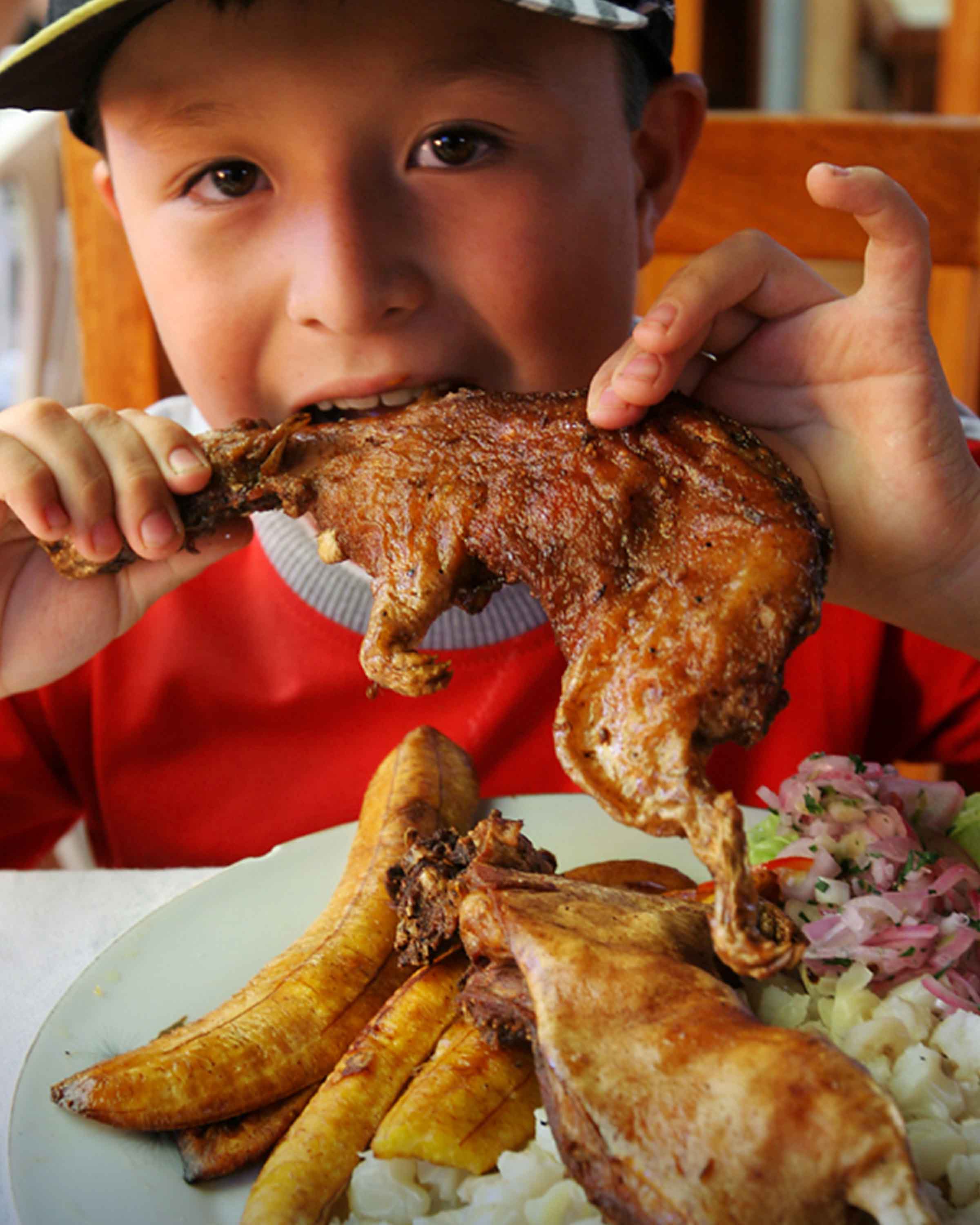

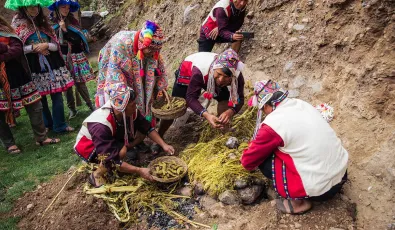

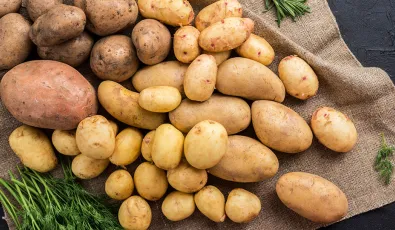

Add new comment